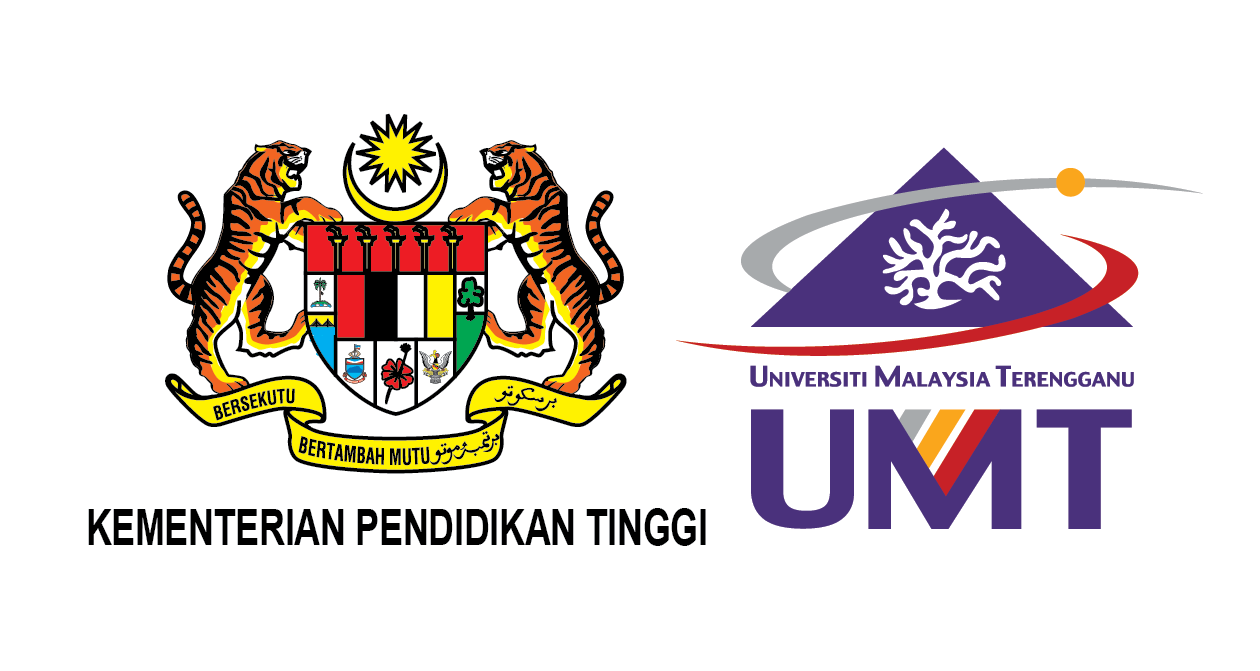Please use this identifier to cite or link to this item:
http://umt-ir.umt.edu.my:8080/handle/123456789/3000Full metadata record
| DC Field | Value | Language |
|---|---|---|
| dc.contributor.author | Modu, Bako Mallam | - |
| dc.date.accessioned | 2014-04-15T02:38:57Z | - |
| dc.date.available | 2014-04-15T02:38:57Z | - |
| dc.date.issued | 2013-03 | - |
| dc.identifier.uri | http://dspace.psnz.umt.edu.my/xmlui/handle/123456789/3000 | - |
| dc.description.abstract | A parasitological survey of gill monogenean parasites was carried out on two different fish species (Hampala macrolepidota Van Hasselt & Kuhl 1823 and Hemibagrus nemurus Valenciennes 1840) from six different locations in Kenyir Lake. Studies on monogenetic parasites in relation to water quality are poorly known in this part of Southeast Asia. This is particularly true in Malaysia where most of the monogenean studies have been done at taxonomic level. There have been no previous comprehensive studies of these parasites in comparison to environmental parameters in the lake. The current study focused principally on the relationship between the monogenean prevalence and water quality parameters with regard to their diversity, seasonal fluctuation patterns and microhabitat preferences on the fish gills. | en_US |
| dc.language.iso | en | en_US |
| dc.publisher | Terengganu: Universiti Malaysia Terengganu | en_US |
| dc.subject | QL 391 .P7 M6 2013 | en_US |
| dc.subject | Modu, Bako Mallam | en_US |
| dc.subject | Tesis AKUATROP 2013 | en_US |
| dc.subject | Monogenea | en_US |
| dc.title | Ecology of monogeneans on the gills of two species of freshwater fishes in relation to the water quality in Kenyir Lake, Terengganu, Malaysia | en_US |
| dc.type | Thesis | en_US |
| Appears in Collections: | Institut Akuakultur Tropika | |
Files in This Item:
| File | Description | Size | Format | |
|---|---|---|---|---|
| QL 391 .P7 M6 2013 Abstract.pdf | 122.39 kB | Adobe PDF |  View/Open | |
| QL 391 .P7 M6 2013 FullText.pdf Restricted Access | 3.28 MB | Adobe PDF | View/Open Request a copy |
Items in UMT-IR are protected by copyright, with all rights reserved, unless otherwise indicated.

